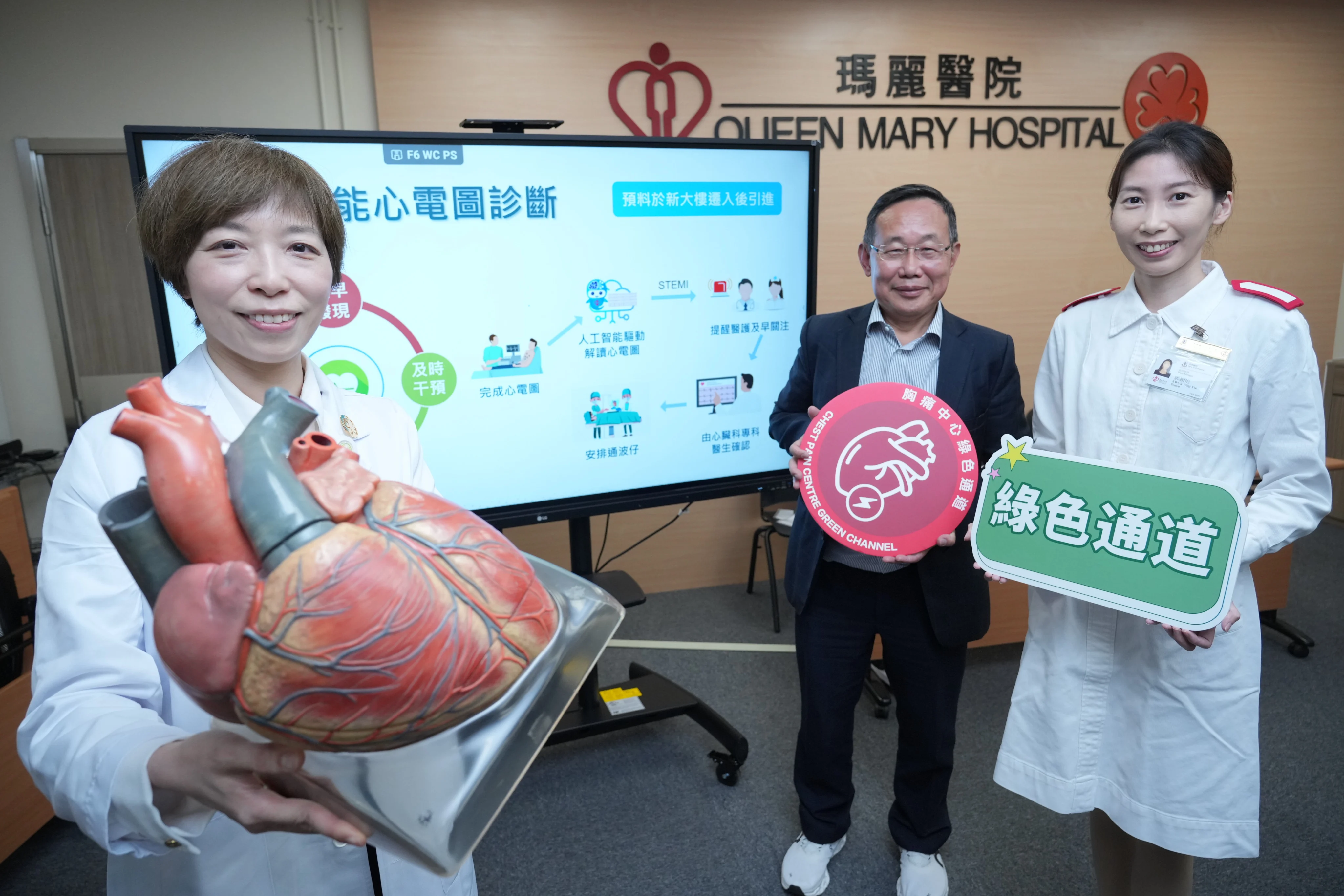Copyright scmp

Hong Kong’s first national-accredited chest pain centre has nearly halved the waiting time for patients with acute cardiovascular conditions since its launch a year ago. The Chest Pain Centre, led by Queen Mary Hospital in Pok Fu Lam, also looked into further streamlining the process through facilities at the public institution’s new clinical complex and the use of emerging technology. The hospital said that since the centre began operating in November last year, it had taken a median of 53 minutes to arrange surgery to restore blood vessel circulation for patients with acute cardiovascular diseases after admission. The median time, officially known as “door-to-wire time”, was around 105 minutes before the centre’s operation, it added. “When the heart’s blood vessels become obstructed, the resulting oxygen deprivation causes the muscle to fail. Prolonged muscle failure increases the risk of death,” said Dr Carmen Chan Wing-sze, deputy chief of service and consultant at the hospital’s department of medicine. She also said the time indicator was crucial for treating such patients, as the death rate increased the longer they waited for circulation to be restored. The centre, the first of its kind in Hong Kong, was opened in November last year and received national accreditation in May. The second one would be established in Prince of Wales Hospital in Sha Tin. The idea of establishing such a facility in accordance with national accreditation standards was first introduced in the 2023 policy address. Before the centre was established, a dedicated “Green Channel” had been designated at Queen Mary Hospital since April last year to expedite treatment for acute cardiovascular patients. As of September, about 1,400 patients had received treatment through this channel and 162 of them underwent percutaneous coronary intervention (PCI), a procedure that widens narrowed or obstructed arteries or veins. To meet the national accreditation requirements, the time needed to arrange this procedure had to be reduced to under 90 minutes, which is also an internationally accepted standard. To achieve this goal, Chan said the hospital had implemented various measures at different stages of treatment to reduce the time required. “For example, an electrocardiogram (ECG) will be performed at the first aid site or in the ambulance and the results will be sent to doctors at our accident and emergency [A&E] room and the cardiac ward instantly,” she said. Chan added that when the doctors determined a patient required the PCI procedure, they could prepare the operating rooms in advance. Another example is the introduction of the smart identity card reader, which allows medical professionals to quickly complete patient registration and retrieve medical records, according to Chan. Dominic Lam Ho-ting, 69, was rushed to hospital in May last year after experiencing loss of strength and paralysis in his limbs, and was admitted through the “Green Channel”. He was later diagnosed with a vessel blockage, with 90 per cent of one cardiac vessel obstructed, requiring the PCI procedure. “I was admitted for surgery about 10 minutes after arrival. The entire process took around an hour and went smoothly,” he said. Looking ahead, the centre aims to further improve its performance through the new clinical complex at the hospital, which is set to begin operations in phases starting in December. Both the A&E room and cardiac wards would be moved to the new building, the hospital said. The building will house three cardiac catheterisation laboratories, where doctors perform the CPI procedure. Dedicated lifts will also be installed to facilitate patient transfers. The centre will also deploy an artificial intelligence (AI) model to help with reading electrocardiogram results and diagnosis. The model will help analyse the ECG results and classify patients into different risk groups. Those who fall into the high-risk group will be flagged to cardiologists on duty immediately. “The cardiac team can then prepare the operating theatre well in advance to save time,” Chan said.



